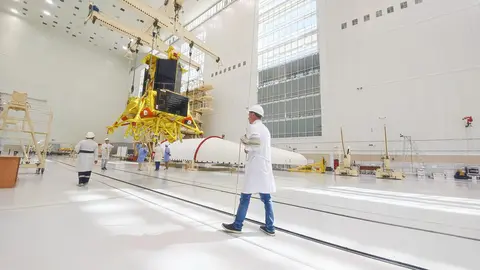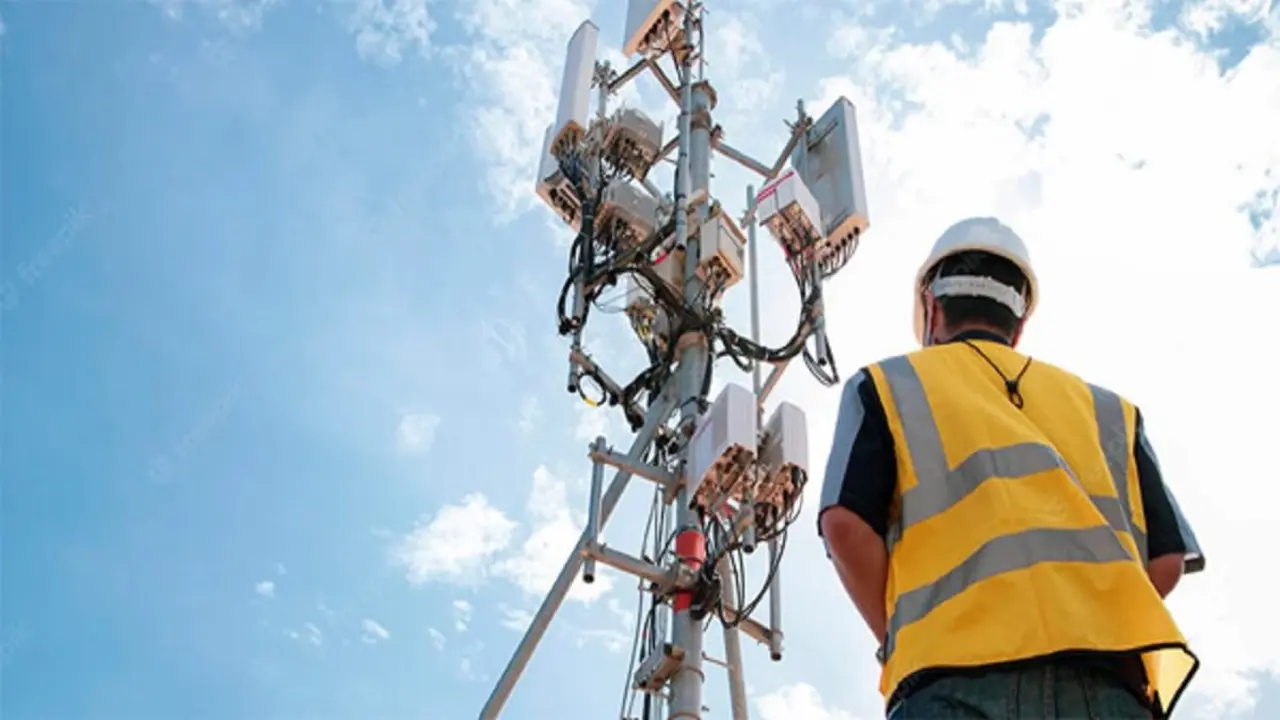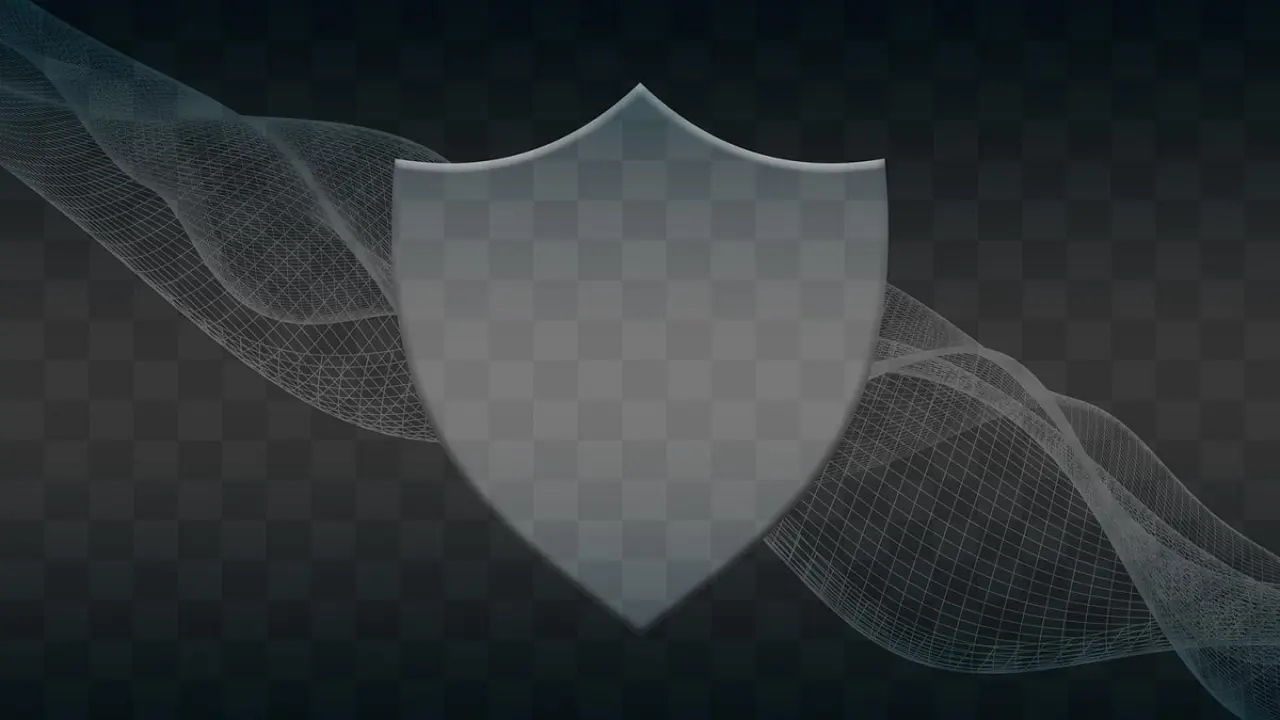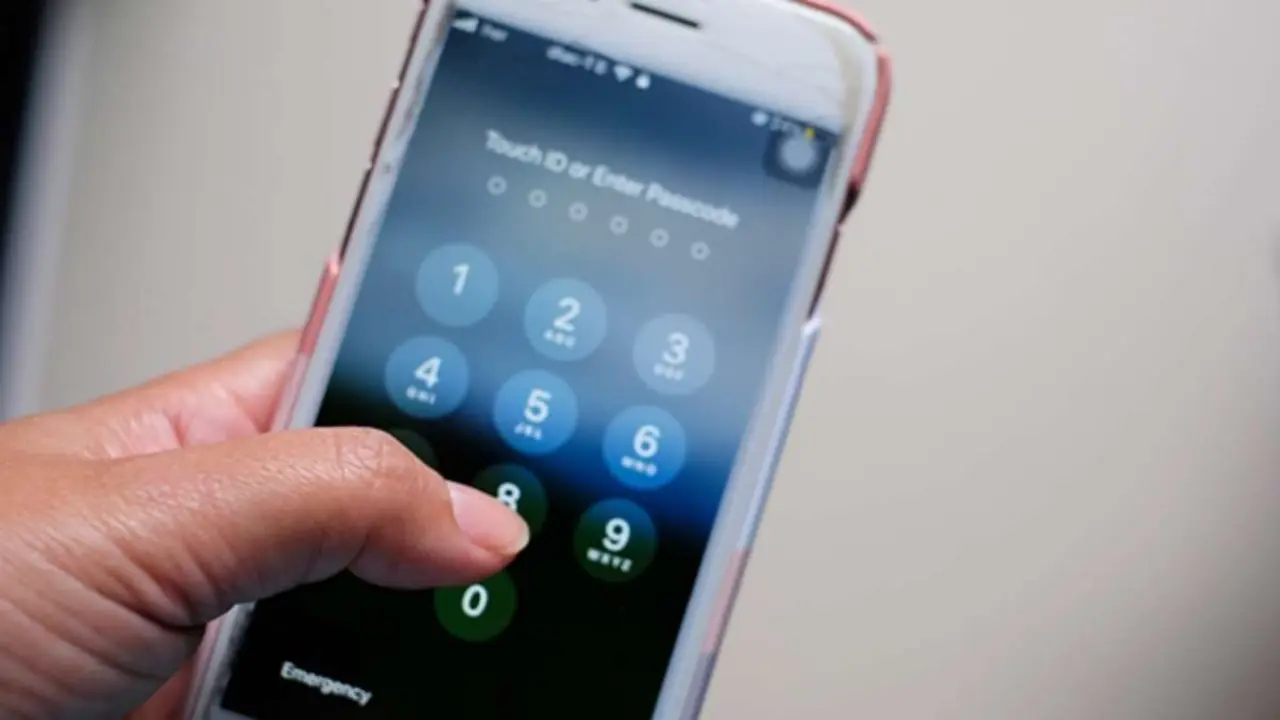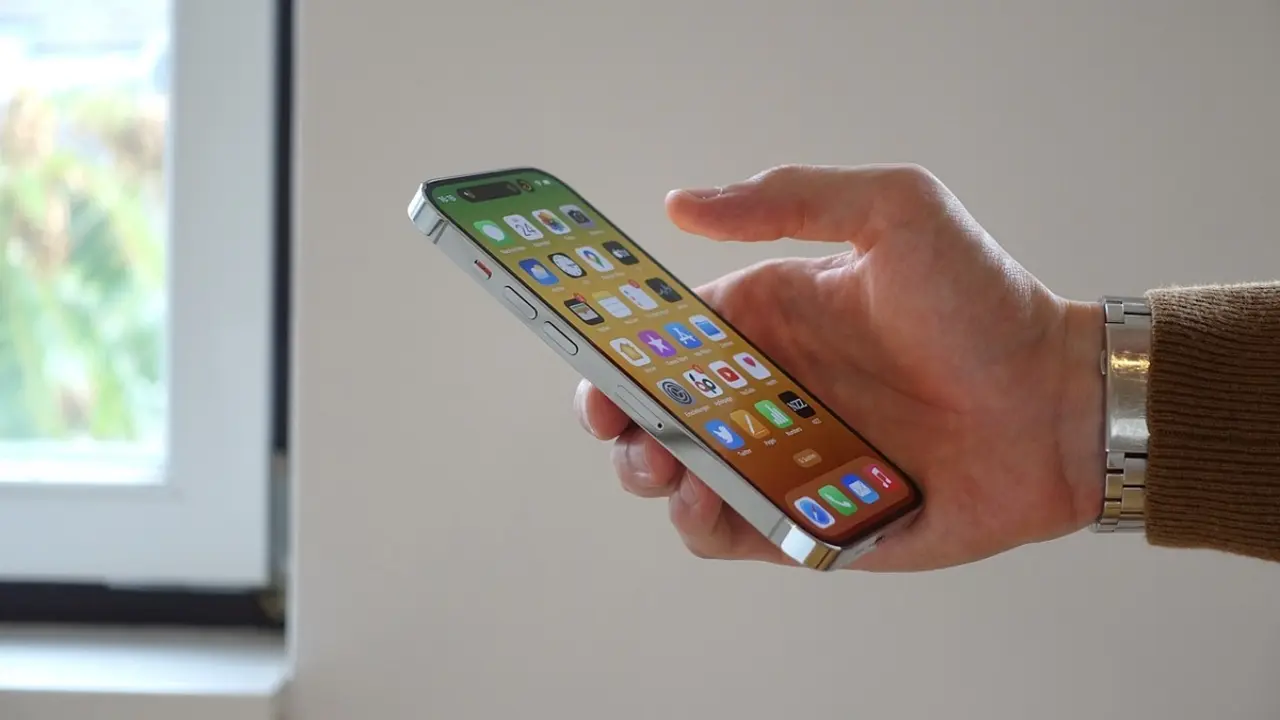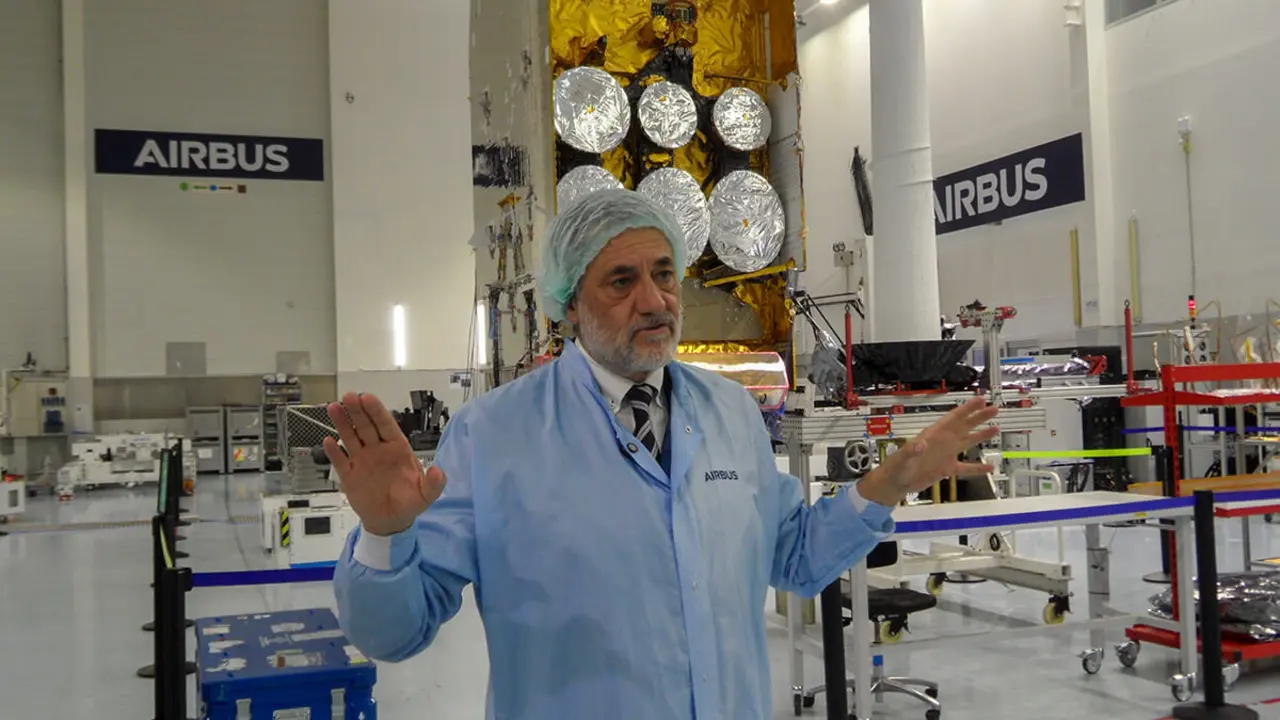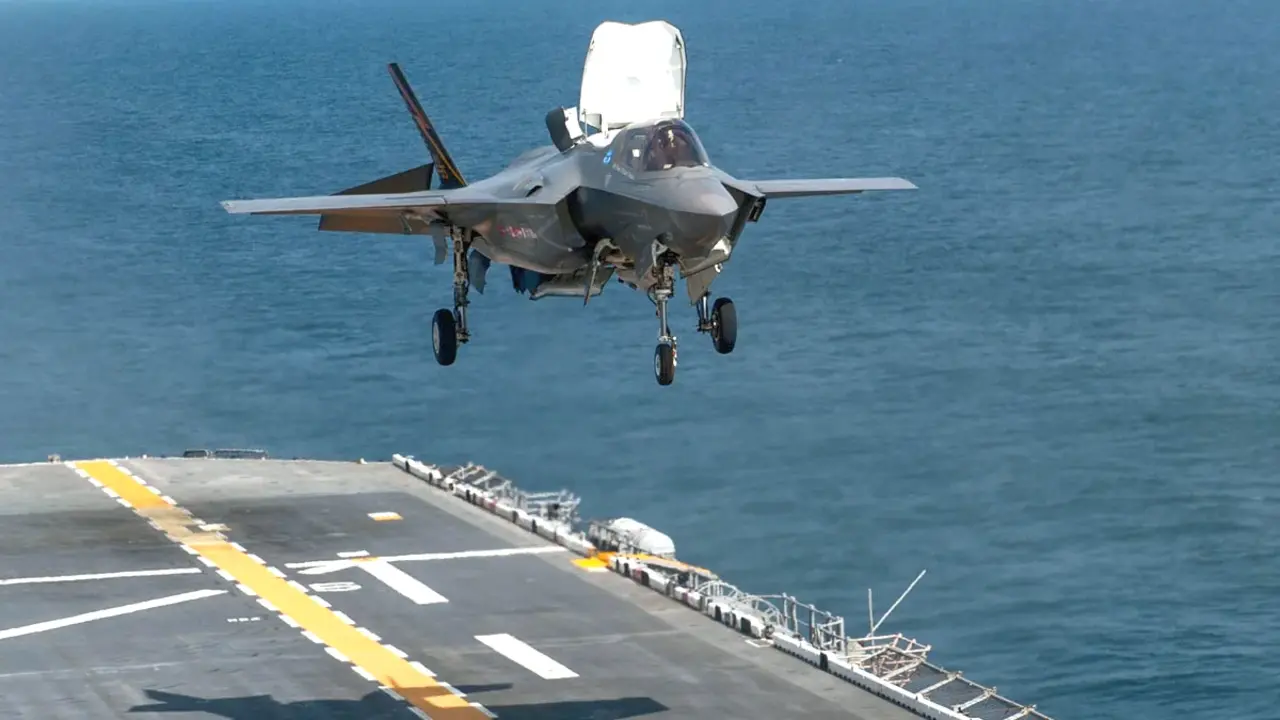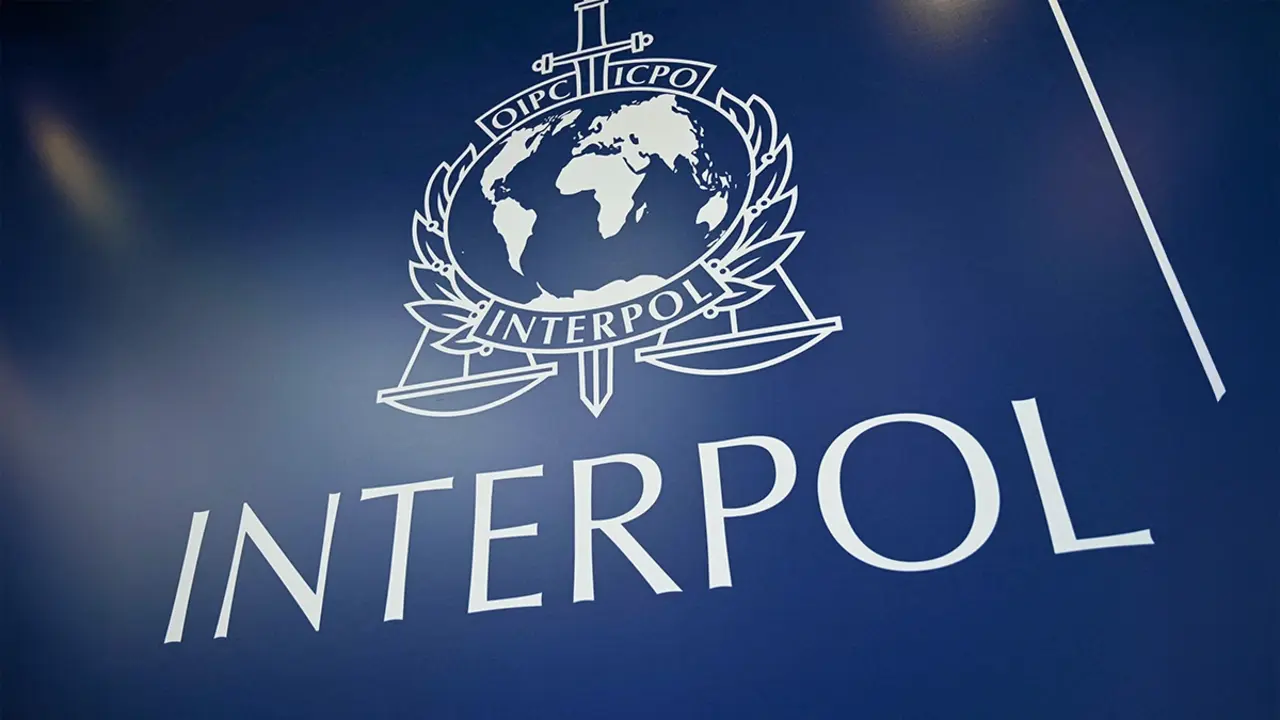Luna-25 crashes into the lunar surface and truncates Russia's space programme
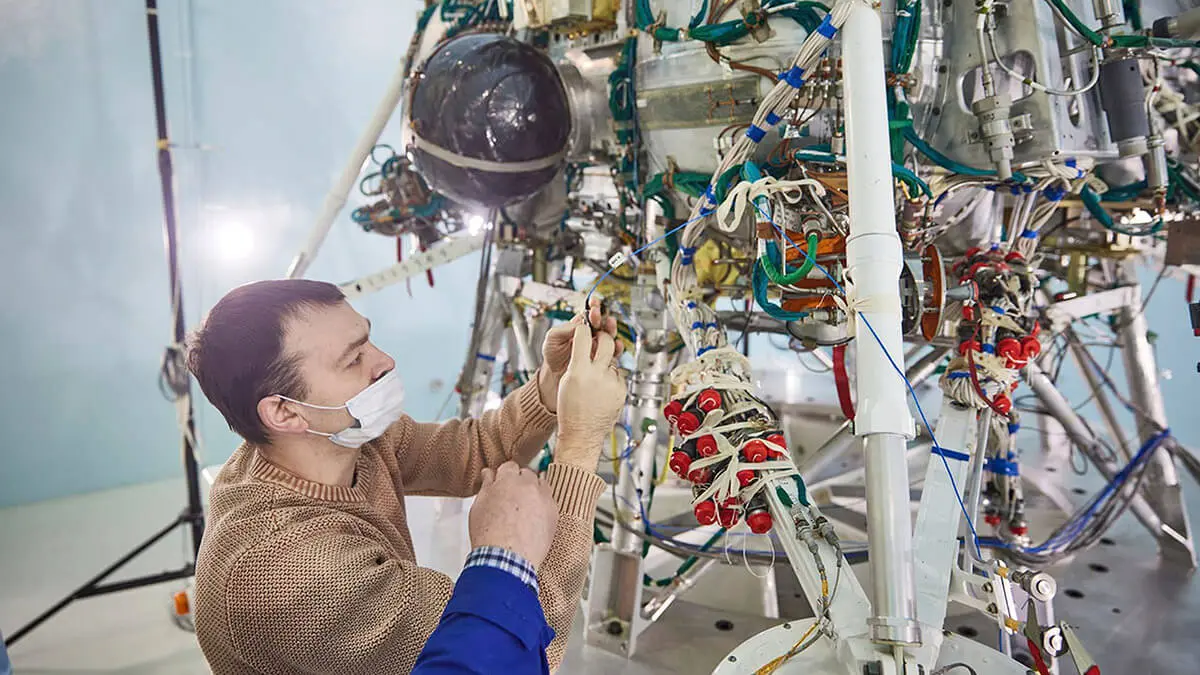
Russia's Luna-25 probe has crashed into the Moon's surface. Russia's space agency, Roscosmos, has written it off as definitely lost and in pieces.
Dejection is widespread both among the Kremlin's large space and political community and among ordinary Russians, for whom each new achievement of their own in the exploration of the cosmos helps to bolster national pride. Their grief is in stark contrast to the expressions of enormous joy expressed by Spaniards everywhere at the feat achieved by the women's national football team in winning the World Cup in Australia.
President Vladimir Putin had every confidence in the success of the Luna-25 mission, the flagship mission chosen by Roscosmos to prove to the world that Russia is still a major space power. The probe was supposed to open the doors to Moscow's revitalised lunar programme and reposition Lavochkin, his veteran scientific probe and satellite manufacturing company, at the global technological forefront.
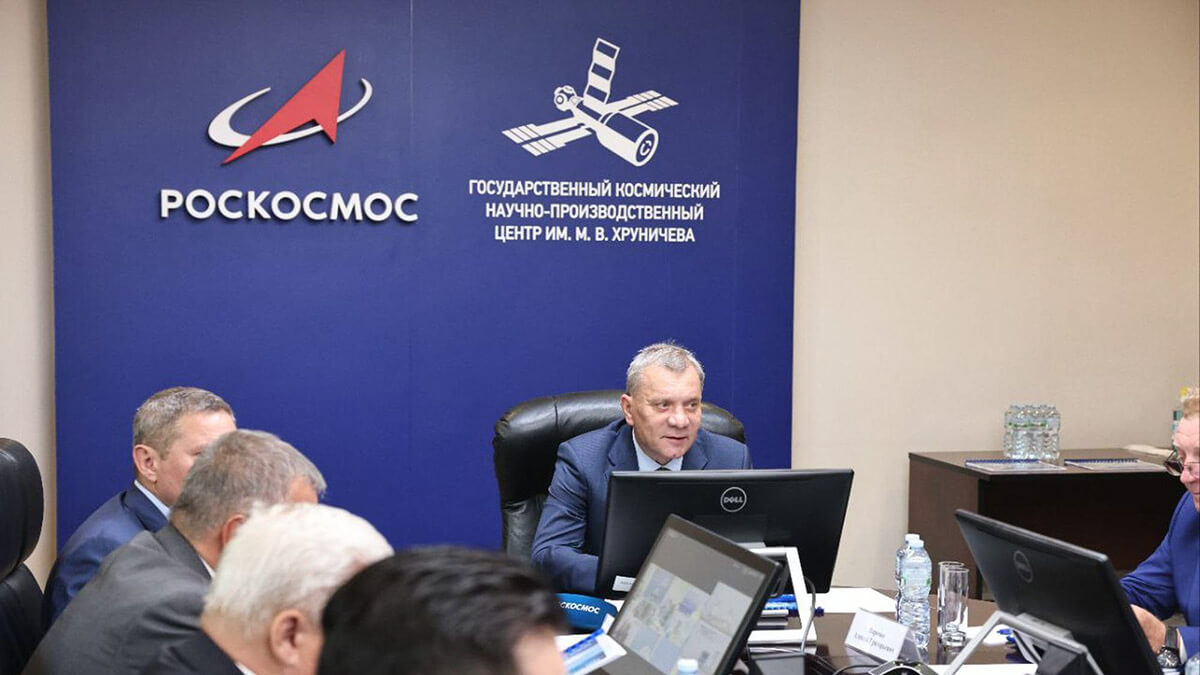
However, the Russian spacecraft's attempt to land on the Moon has ended in a resounding technical failure and the head of Lavochkin CEO Vladimir Kolmykov, in office since August 2017, hangs in the balance. Also at risk is the neck of Roscosmos director general General Yuri Borisov, who has been in the post for just 13 months.
Roscosmos has already officially confirmed the loss of Luna-25. The state news agencies Tass and Novosti reported on Sunday, 20 August, at 10:57 am Spanish time (11:57 am Moscow time) that "the Luna-25 automatic station has been destroyed after colliding with the surface of the moon". Scientists from the Russian Space Research Institute (IKI) who were to take and analyse the samples obtained by the probe have been left without work.
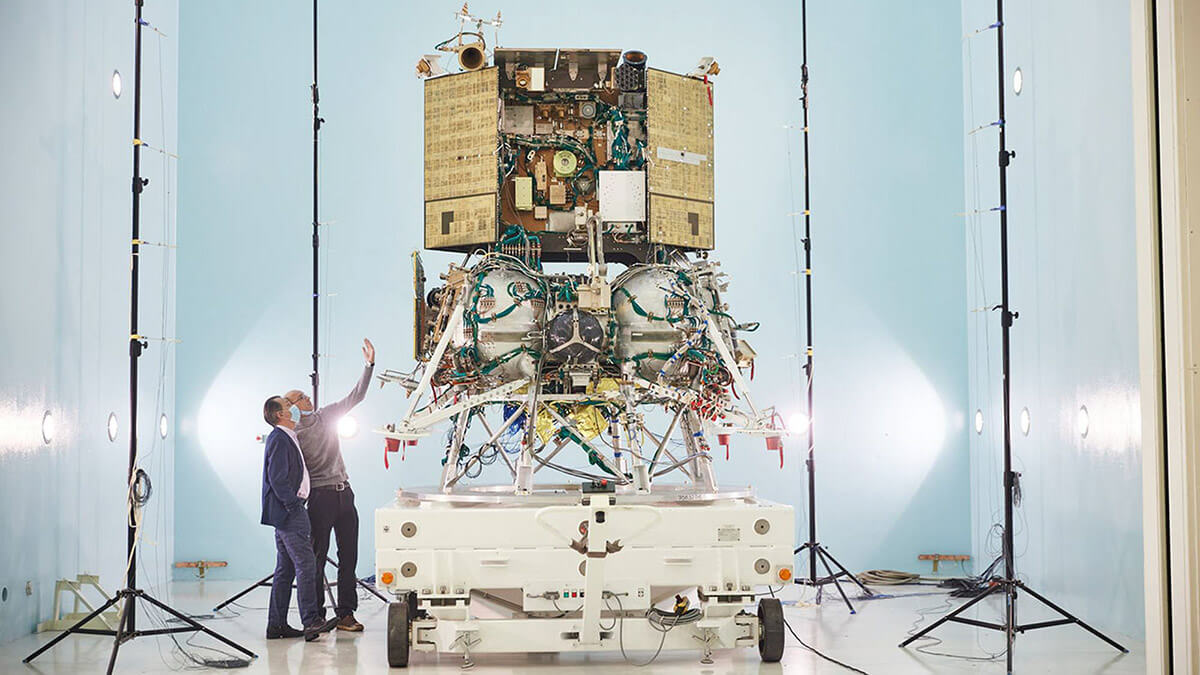
The alert was sounded on Saturday, 19 August.
The first warning that things were not going according to plan came on Saturday, 19 August. The Roscosmos deputy director in charge of the mission, Alexander Ivanov, was urgently summoned and the agency issued a statement at 18:35. It said that, according to the flight programme, at 14:10 a "telecommand had been sent to the probe to activate the propulsion system that was to place it on an initial descent trajectory".
But it added that, during the operation, there had been an "emergency" on board that "had not allowed the manoeuvre to be carried out in accordance with the established parameters". It noted that the results of the preliminary analysis carried out by the mission monitoring and control technicians "suggest" that there had been a "deviation between the actual and calculated parameters" for the propulsion manoeuvre.
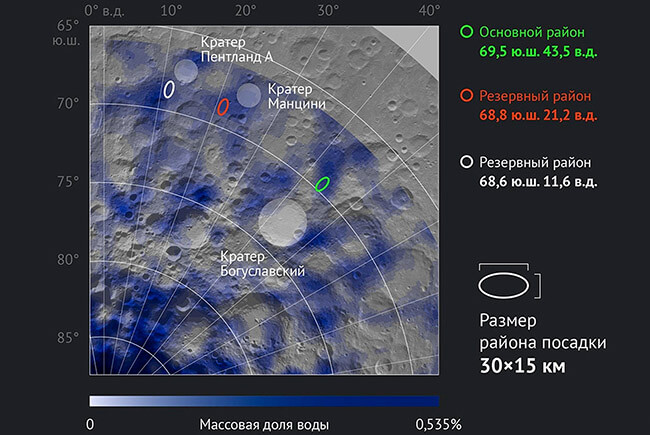
The following day, Sunday 20 August, at 09:47 Moscow time, Roscosmos pointed out that communications with the spacecraft had been interrupted the previous day since 14:57. The agency stressed that "all" measures taken since then to locate the spacecraft's actual position and re-establish communications "have been unsuccessful".
The Agency concluded that Luna-25 "entered the wrong orbit" and "ceased to exist after colliding with the surface of the Moon". At the same time, it announced the appointment of an Interdepartmental Commission to determine the causes of the accident. And here ends the story of Luna-25, Russia's first great bid in the 21st century to return to the surface of Selene.
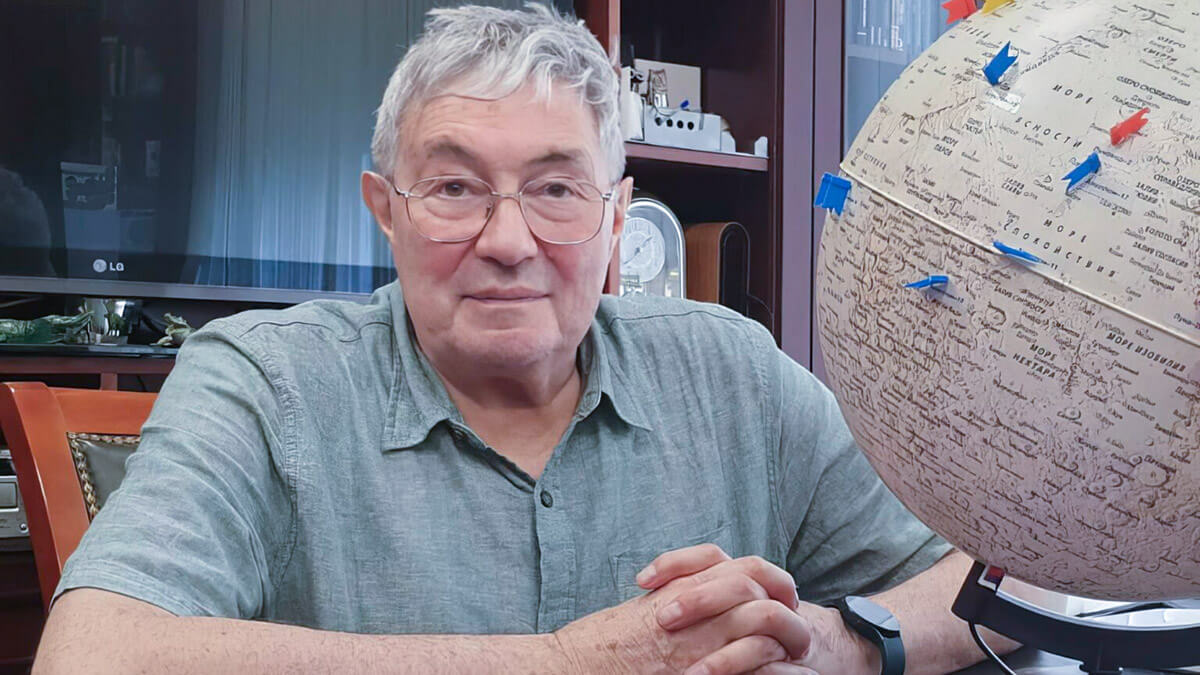
The unofficial sources consulted say that "the ignition of the engine to correct the orbit prior to descent" took too long "due to a programming error". As a result, according to unofficial sources, the spacecraft slipped out of its orbital position, plummeted and crashed to the moon's floor. Roscosmos has not reported the height or speed of the probe at the time of the loss of control and communications.
All eyes on Chandrayaan-3
Luna-25 was intended to make a qualitative leap from academic research on the structure of the Earth's natural satellite to the practical study of lunar water reserves. This is confirmed by IKI's scientific director, Professor Lev Zelyony, who was confident that it would be "the first surface probe to land on the moon in the circumpolar region".
Fortunately, before losing contact with the ground, the probe transmitted data from some of its science instruments and photographs of the Zeeman crater at the lunar South Pole back to Earth. Luna-25 was to land on the visible side of Bogulavsky Crater and conduct the first direct experiments "to detect the presence of water ice," says Professor Zelyony.
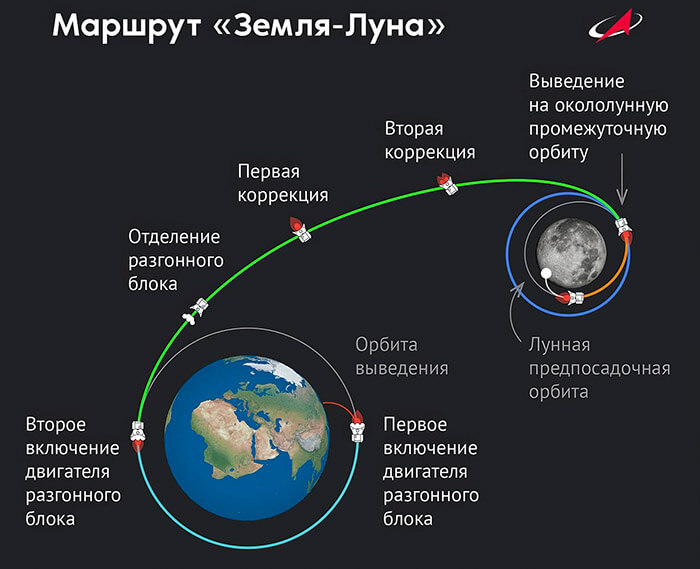
The loss of Luna-25 clears the way for Chandrayaan-3 of the Indian Space Research Organisation, ISRO. The Asian country now has the opportunity to be the first to land on the lunar South Pole and become the fourth power to reach Selene's soil. So far, all probes from the US, the former Soviet Union and China have landed on the near side and a few on the non-visible side of the moon.
Chandrayaan 3 was launched on 14 July and entered lunar orbit on 5 August. It has already executed a series of manoeuvres to slow down its speed for a soft landing, which is scheduled for 23 August at 21:34 GMT. Luna-25 was launched into space later - on 11 August - and was scheduled to land on Monday, 21 August. Essentially, the time difference lies in the longer trajectory of the Indian probe, which weighs 3.9 tonnes, compared to the more direct trajectory of Luna 25, which weighs 1.7 tonnes.

If India succeeds in landing on the South Pole, it will have demonstrated the potential of its space community - industrial, scientific and academic - and will be able to talk on equal terms with the United States, Russia and China and strengthen its presence in major international cooperation projects. On the one hand, with the Beijing-Moscow initiative to create a base on the lunar surface. On the other, with the manned programme and the NASA-led Artemis agreements to return astronauts to the moon's soil.


